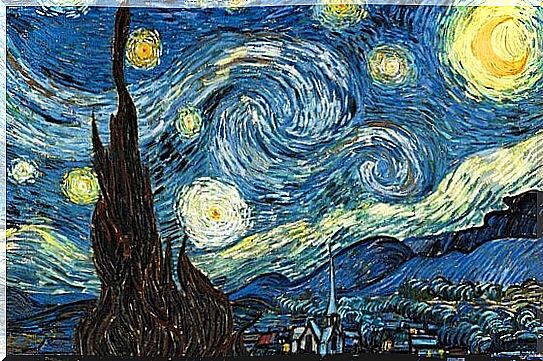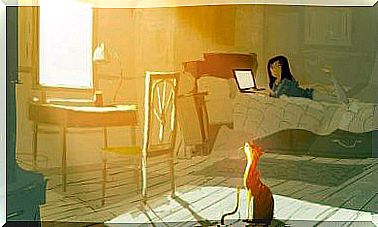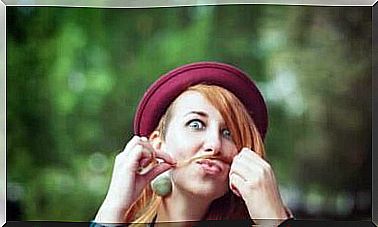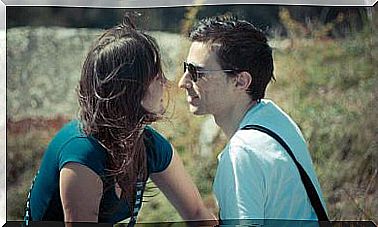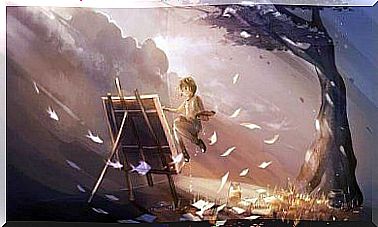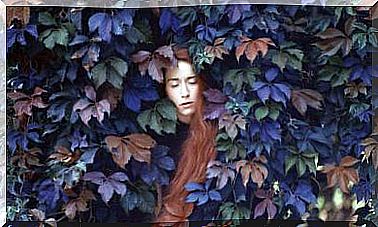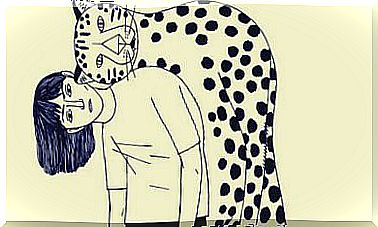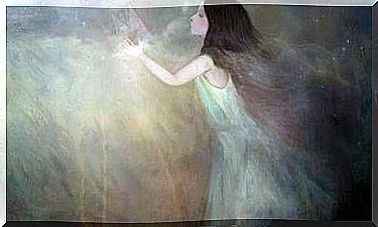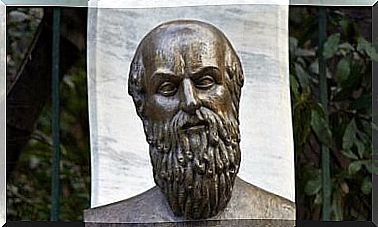Pablo Picasso: Biography Of The Father Of Cubism
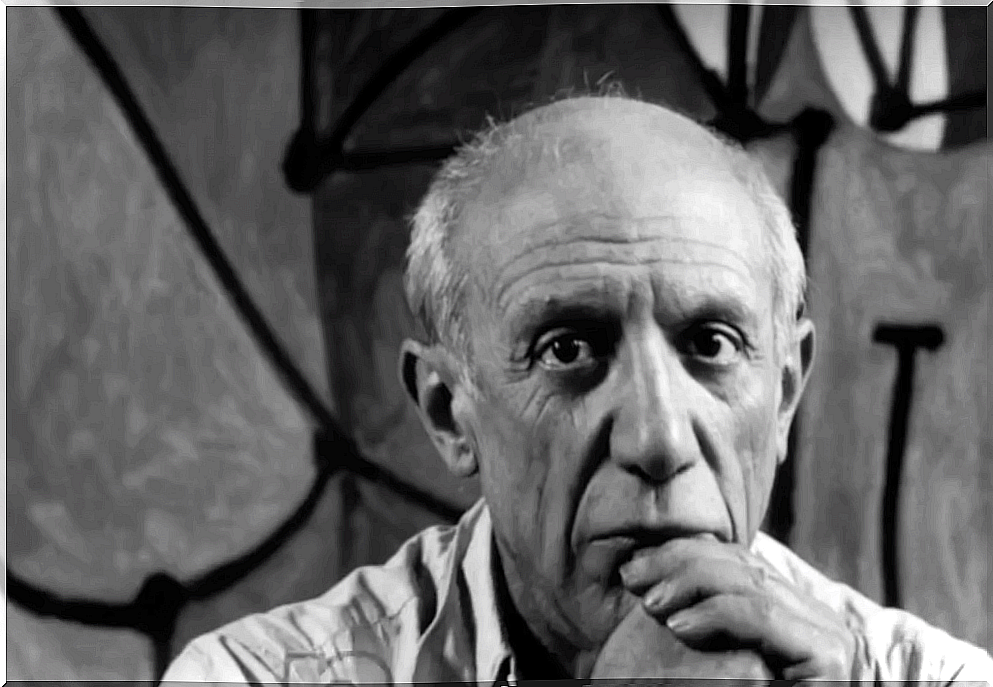
Pablo Ruiz Picasso has undoubtedly been one of the most remarkable artists in contemporary history. Activist as well as artist, his works testify to a deep reflection on the world around him.
Pablo Picasso tried to analyze reality in a unique way. Cubism, the stylistic trend he founded, was one of the greatest influences in 20th century painting. However, painting is not the only area in which Picasso developed his skills. Ceramics, sculpture, theater, cinema, printmaking and scenography for ballet are just some of the disciplines he has experimented with.
Picasso was a referent, an innovative artist, a genius among those who have gone down in history and who are hardly forgotten. In this article, we explore some interesting facts around his character. How about accompanying us to discover them?
The first years of genius
The acclaimed painter’s full name was Pablo Diego José Francisco de Paula Juan Nepomuceno María de los Remedios Cipriano de la Santísima Trinidad Ruiz y Picasso. Although the artist has always preferred to be called by his first name and last name.
Born in Malaga on October 25, 1881, he was the eldest son of a family already dedicated to art. His influence therefore came early. Pablo’s father was a drawing teacher at the Provincial School of Arts and Crafts and it was he who taught Pablo his first drawing and painting techniques.
During his childhood, Pablo constantly moved from one city to another because of his father’s job. Pablo was a rather lazy student at the time, especially when it came to traditional subjects, but he was an avid apprentice of painting and drawing.
At the age of 17, he received an honorable mention at the Great Exhibition in Madrid. From that moment on, his life begins to be a succession of successes, rewards and recognition. At that time, the Picasso family was already residing in the city of Barcelona, once again, due to his father’s employment. Barcelona is the city that will define Picasso as one of the greatest figures of the 20th century.
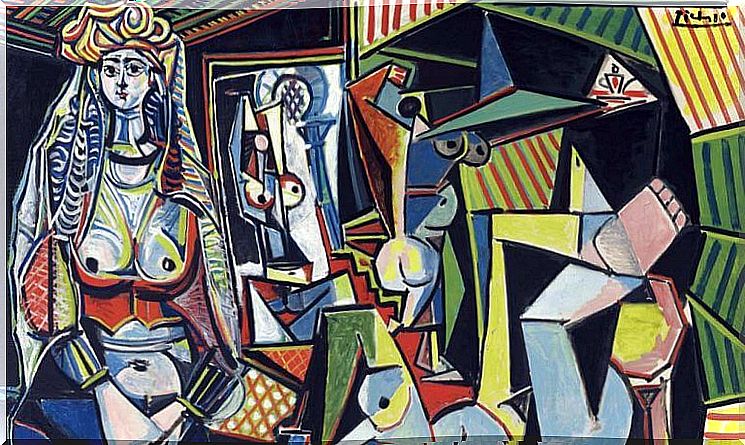
Cubism and the avant-garde
During his stay in Barcelona, Picasso met many young people who would later make up the avant-garde movements. Between 1898 and 1900, Pablo consolidated himself as an artist of regional renown. It was at this time that he decided to sign his paintings only with his mother’s last name: Picasso.
A few years later, in 1904, Pablo moved to the French capital, where all the young artists of the time wanted to travel. Paris is the city where the great artistic movements of the 20th century began to take shape.
Since the 19th century, Paris had become an object of desire for poets, writers, musicians, painters, sculptors, ceramists, critics and hedonists in general. A place where art was breathed, where the bourgeoisie mingled with the nightlife with prostitutes and dancers. Paris had an interesting nightlife with the smell of opium and the taste of absinthe. It is therefore not surprising that it has become an idealized and desired place by the artists of the moment. Paris was bohemian, as Puccini said in his opera La Bohème .
It was such an awe-inspiring moment for art and literature that several more recent artists wanted to capture it and pay homage to it in their works. Midnight in Paris by Woody Allen is the perfect example of this immense gathering of influences.
During his stay in Paris, Picasso began to develop his artistic style. The one that will pass it on to posterity: cubism. Under the influence of Paul Cézanne and accompanied by Braque and Apollinaire, Picasso begins to distort reality in a unique way. Cubism, in its early days, represented a form of abstraction from landscapes and natural forms.
Picasso lived an intense life of political activism while developing his artistic life. He joined the Communist Party and remained a staunch defender of the republic and social rights. However, during wars, Picasso rejected violence and decided not to fight at the front.
Pablo was for years a hardened womanizer, a man of great passions. The Spanish artist has lived his love deeply. Among his great muses are Olga Khokhlova, Marie-Thérèse Walter, Dora Maar and, of course, his wife Jacqueline Roque.
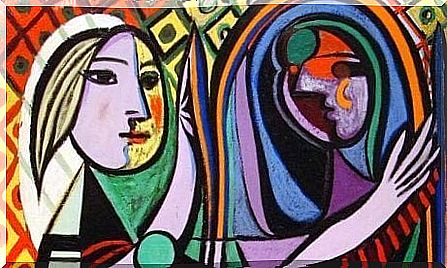
The importance of Pablo Picasso for the avant-garde of art
Pablo Picasso is perhaps the most iconic artist of the 20th century. Indeed, it represents everything an avant-garde artist should be. Picasso was an artist who constantly reinvented his work and his artwork. Letting himself be influenced by the work of his contemporaries, while always remaining true to himself.
Pablo’s genius lay in his ability to maintain himself throughout his career in the search for what is true in art. Like many avant-garde artists, Pablo always maintained that there was an innate quality in art. It was the duty of the authentic artist to seek this transcendent truth without giving up.
This is why Picasso, as we pointed out at the beginning, never maintained himself in a single artistic activity: he ventured into painting, sculpture, printmaking, ceramics and a few cinematographic projects. His passion has always been painting, but his talent and genius have led him to explore other forms of expression.
Pablo’s success is measured in the art market. Even today, his works continue to be sold at very high prices, even exorbitant, on the international scene. Most of his works are in private collections, and almost all of his paintings are still very expensive in the market.
Picasso was a character who aroused a lot of curiosity in audiences around the world. For this reason, he appeared several times in television and film productions. For example, in Midnight in Paris , the father of cubism is mentioned, although he is a minor character. Much more centrally, he appears represented in National Geographic’s Genius series . Where he is played by actor Antonio Banderas.
Picasso is undoubtedly one of those authors whose traces are still present today. Whose peculiarities are easily identifiable even by the most inexperienced audience. In addition to his contributions to the world of painting, he was a unique artist, who lived in his own flesh the magic of Paris, the bohemian life and, in short, the life of the painter that we sometimes so idealize.
